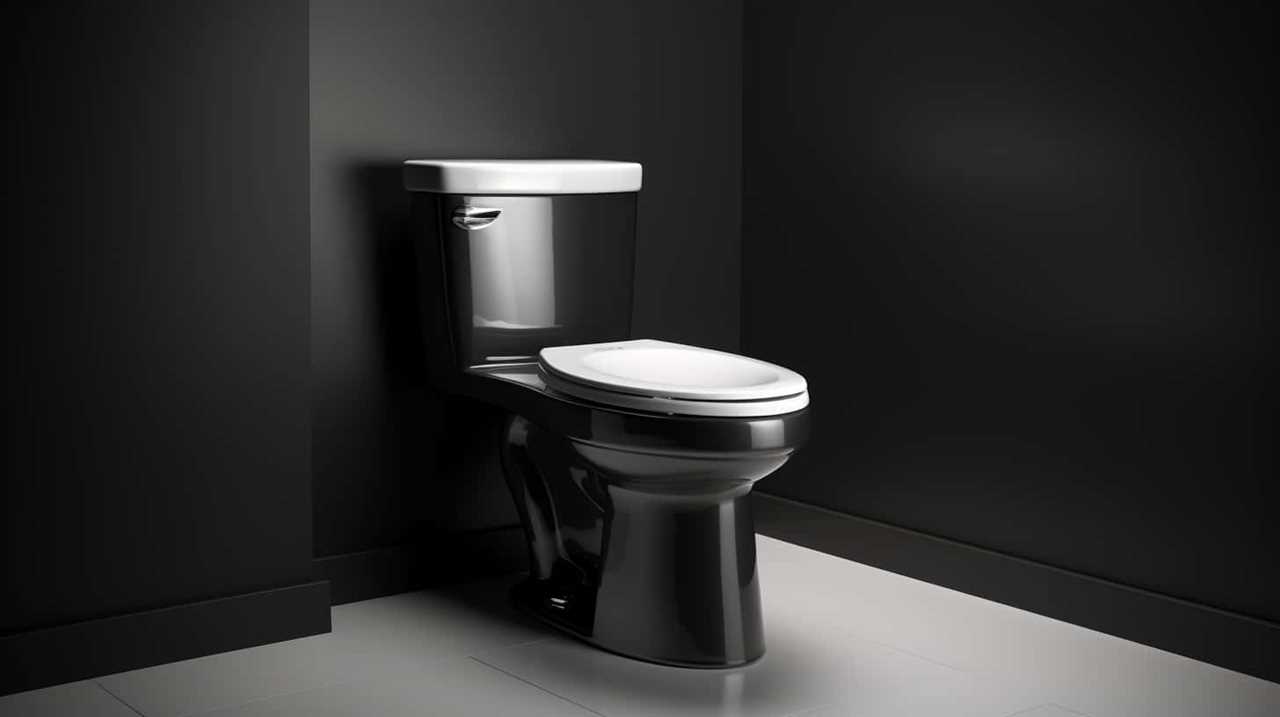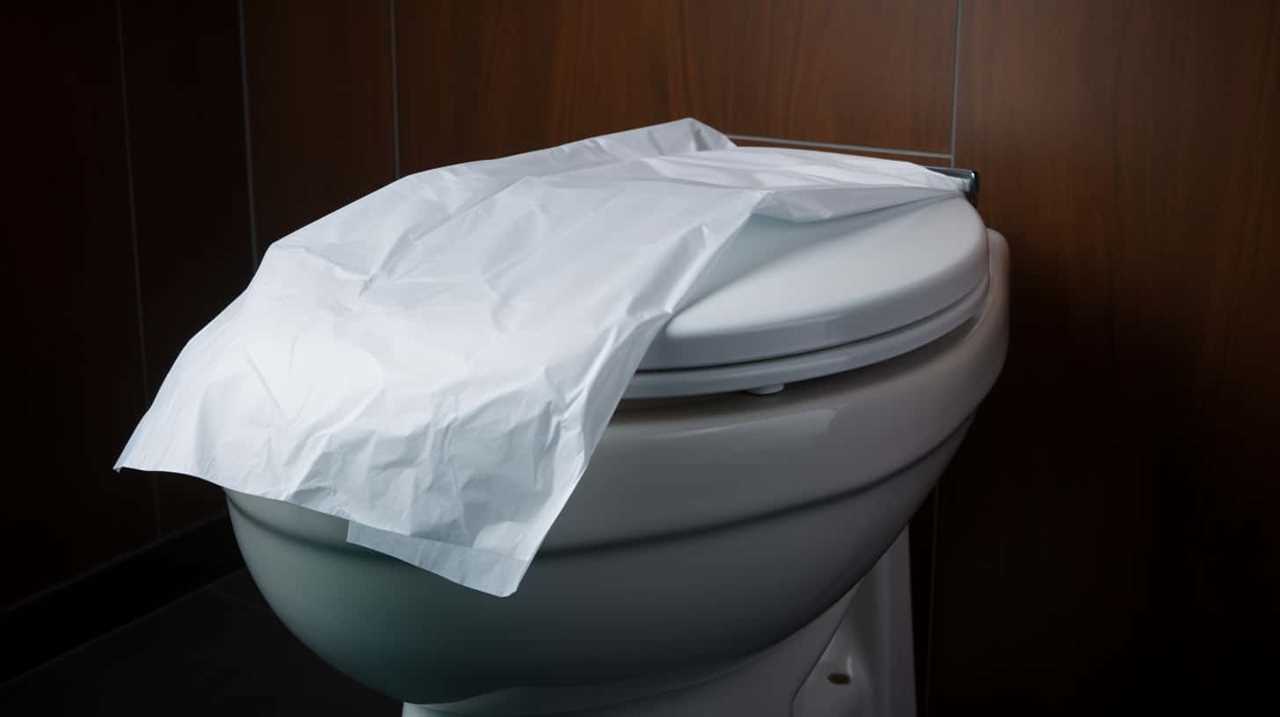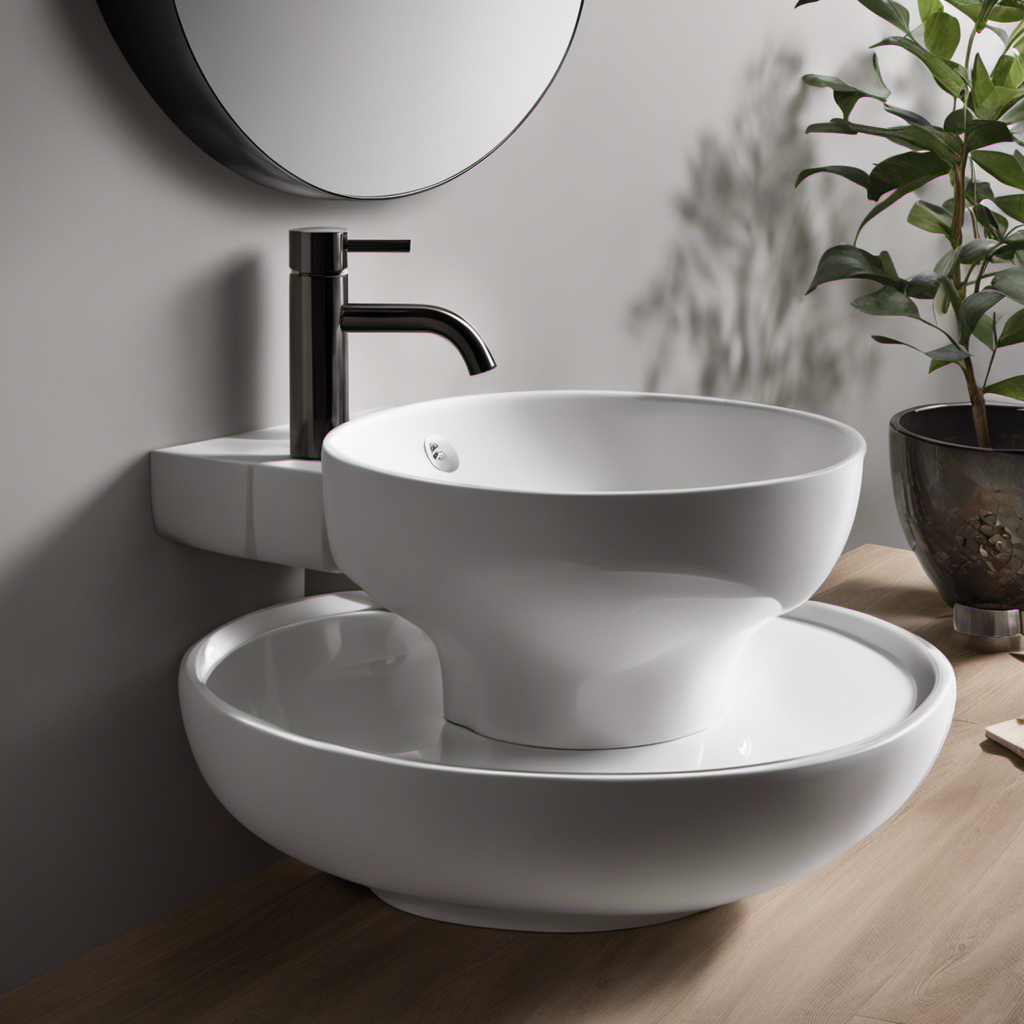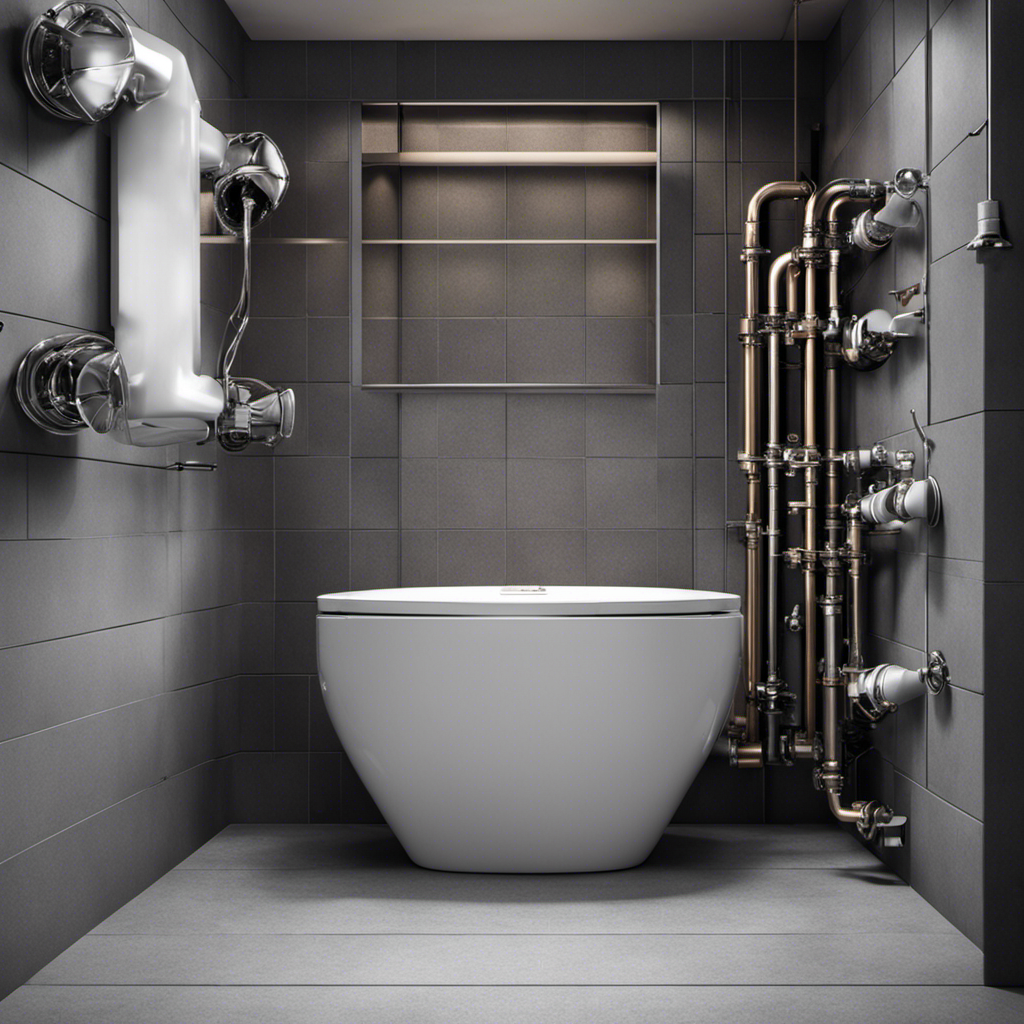Wondering how to unclog a toilet? In this tutorial, we reveal our proven method: clearing with hot water.
As experienced plumbers, we understand the frustration of a blocked toilet and the desire for a quick fix. Using our method, you can potentially avoid the need for expensive plumbing services.
Stay tuned as we explain the science behind hot water, provide step-by-step instructions, and explore alternative methods.
Get ready to master the art of unclogging toilets with hot water!
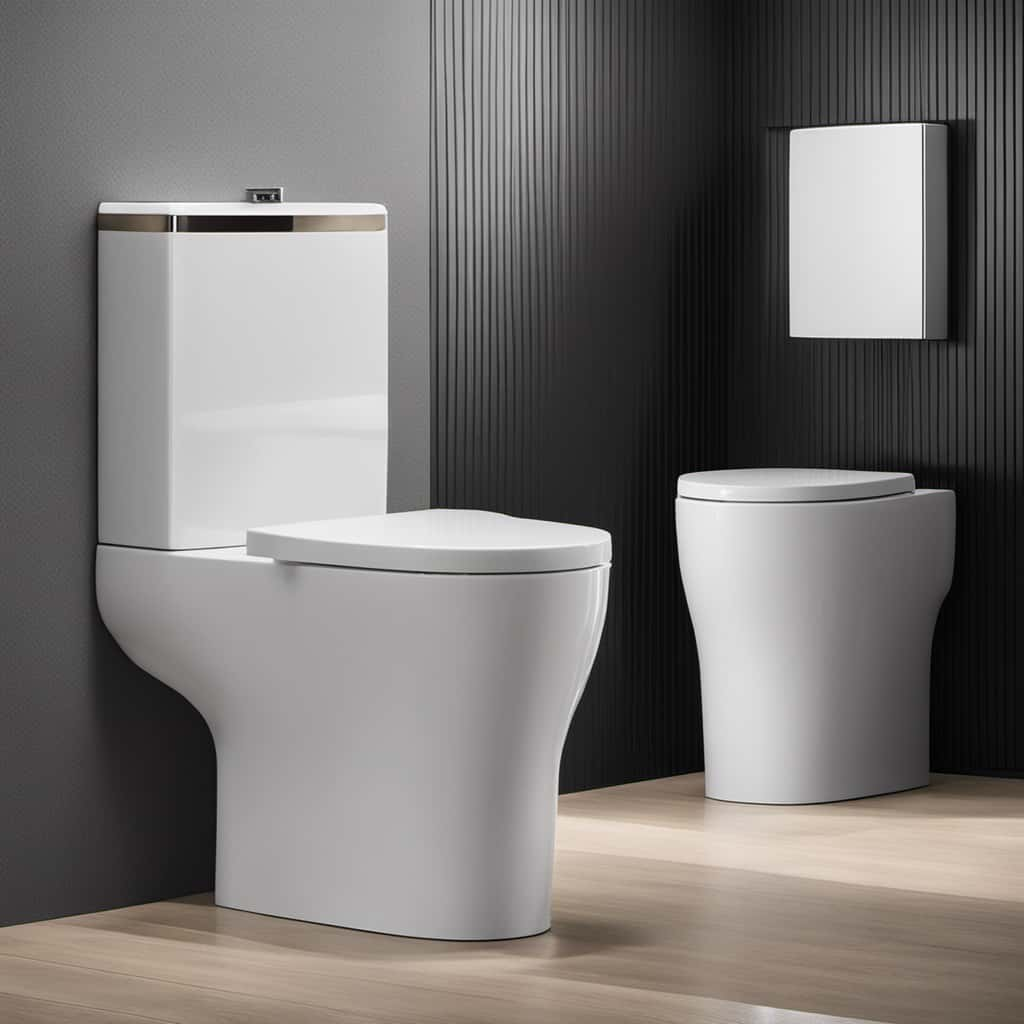
Key Takeaways
- Hot water is effective for softening and liquefying clogs in toilets.
- Using hot water is a safer alternative to chemical drain cleaners.
- Excessive toilet paper usage and foreign objects can cause blockages in toilets.
- DIY methods for unblocking toilets include using a plunger, toilet auger, or hot water and dish soap.
The Science Behind Hot Water
Using hot water to unblock a toilet involves harnessing the power of heat to break down and dissolve the clog. It’s important, however, to prioritize hot water safety when attempting this method. First, ensure that the water isn’t scalding hot, as this can cause burns. It’s recommended to use water that’s comfortably hot to the touch. Additionally, be cautious when pouring the hot water into the toilet bowl to avoid splashing or spilling.
Now, let’s delve into the benefits of using hot water for unclogging toilets. Hot water helps to soften and liquefy the clog, making it easier to flush away. The heat also helps to loosen any stubborn debris that may be contributing to the blockage. This method can be particularly effective for minor clogs and is often a safer alternative to using chemical drain cleaners.
Understanding Toilet Blockages
Toilet blockages can occur for a variety of reasons, such as excessive toilet paper usage or the accumulation of foreign objects. Understanding the causes of toilet blockages is crucial in effectively tackling the issue.
Excessive toilet paper usage is a common culprit, especially if large amounts are flushed at once. Additionally, the accumulation of foreign objects, such as toys or sanitary products, can obstruct the toilet’s drainage system. It’s important to avoid flushing anything other than toilet paper and human waste to prevent blockages.

When faced with a toilet blockage, there are common DIY methods that can be tried before seeking professional help. These methods include using a plunger, a toilet auger, or a combination of hot water and dish soap. However, it’s essential to exercise caution and avoid using excessive force to prevent further damage to the toilet or plumbing system.
Preparation: What You’ll Need
To prepare for unblocking a toilet with hot water, we’ll need a bucket, rubber gloves, and a kettle or pot. These common household items for unblocking toilets are essential to ensure a smooth and efficient process. Here are five items you’ll need:
- A plunger: This tool creates pressure to dislodge the blockage.
- Baking soda and vinegar: This natural solution can help break down the clog.
- Toilet auger: Also known as a plumbing snake, it can reach deep into the pipes to remove stubborn obstructions.
- Dish soap: It can act as a lubricant to help the blockage slide through the pipes more easily.
- Towels or rags: These are useful for cleaning up any spills or messes during the process.
Now that we’ve all the necessary items, let’s move on to the first step: boiling the water and getting ready to unblock the toilet.
Step 1: Boiling the Water
Now that we have all the necessary items, let’s begin by boiling the water for unblocking the toilet.

Boiling water is an effective method for clearing clogged toilets as the heat can help break down the materials causing the blockage.
It’s important to note that using cold water may not be as effective as hot water, as the heat helps to dissolve the obstructions more efficiently.
Other methods, such as using a plunger or a drain snake, can also be used in conjunction with boiling water for stubborn blockages. However, for a simple clog, boiling water alone can often do the trick.
Step 2: Pouring the Hot Water Into the Toilet
After boiling the water, we can proceed to pour the hot water into the clogged toilet. This step is crucial in loosening the blockage and allowing it to be flushed away. Here are the steps to follow when pouring hot water into the toilet:

- Step 1: Carefully lift the toilet seat and lid to ensure they don’t get in the way.
- Step 2: Slowly pour the hot water into the toilet bowl, aiming for the center of the blockage.
- Step 3: Use a plunger to create pressure and help break up the obstruction.
- Step 4: Flush the toilet to see if the blockage has been cleared.
- Step 5: If the toilet remains clogged, repeat the process or consider using cold water instead.
Using cold water can sometimes be effective in dislodging stubborn clogs, as the temperature change can cause the blockage to contract and break apart. However, it’s important to note that using a plunger is still recommended to help facilitate the unclogging process.
Step 3: Waiting and Testing
Continuing from pouring the hot water into the toilet, we can move on to waiting and testing for the results. After pouring the hot water, it’s important to allow sufficient waiting time for the hot water to work its magic. The waiting time can vary depending on the severity of the blockage, but generally, waiting for about 10 to 15 minutes should be sufficient.
During this waiting period, it’s a good idea to troubleshoot the issue if the blockage persists. Here are some troubleshooting tips to consider:
- Check for any visible signs of improvement.
- Use a plunger to give the blockage a few more tries.
- Consider using a plumbing snake or auger to break up any stubborn clogs.
- If the blockage still persists, you may need to call a professional plumber for further assistance.
Alternative Methods to Try
Let’s explore some other techniques to try when attempting to unblock a toilet. If the hot water method didn’t work for you, don’t worry, there are alternative solutions and DIY remedies that you can try.
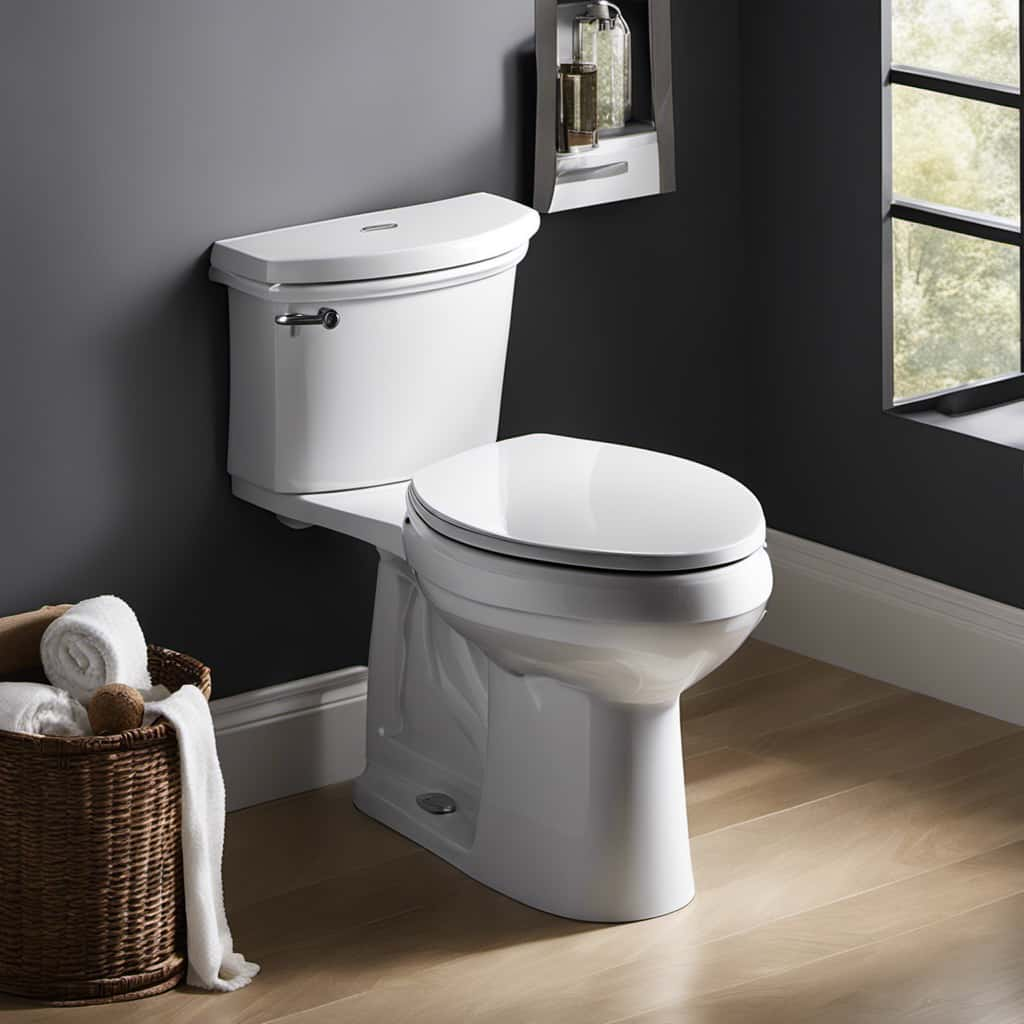
Here are five options to consider:
- Plunger: Use a plunger to create suction and dislodge the blockage.
- Baking soda and vinegar: Mix these two household ingredients and pour the solution into the toilet. Let it sit for a while before flushing.
- Toilet auger: This tool, also known as a plumbing snake, can help break up stubborn clogs.
- Dish soap: Squirt some dish soap into the toilet bowl and let it sit for a few minutes. Then flush and see if the clog clears.
- Hot water and Epsom salt: Dissolve Epsom salt in hot water and pour it into the toilet. Allow it to sit for some time before flushing.
These alternative methods can be effective in resolving toilet blockages, but always remember to exercise caution and follow proper safety guidelines.
Potential Risks and Precautions
There are certain potential risks and precautions to keep in mind when attempting to unblock a toilet. While using hot water can be an effective method, it is important to proceed with caution to avoid any mishaps or injuries. Here are some key risks and precautions to be aware of:
| Risks | Precautions |
|---|---|
| Scalding | Always use protective gloves and handle hot water carefully to prevent burns. |
| Damage to toilet | Ensure that the toilet bowl is made of a material that can withstand hot water. Avoid using hot water if the toilet is made of plastic or has any cracks. |
| Overflowing | Be cautious when pouring hot water, as it can cause the toilet to overflow. Use small amounts of water at a time and monitor the water level closely. |
Final Verdict: Does Hot Water Unblock Toilets?
After considering the potential risks and precautions, we can confidently say that hot water is indeed a viable method for unblocking toilets. When used correctly, hot water can effectively dissolve and dislodge clogs, allowing water to flow freely again. Here are five key points to understand about the effectiveness of hot water in DIY toilet unblocking:

- Hot water helps to soften and break down solid waste, making it easier to remove.
- The heat from hot water can create pressure that can help push the clog through the pipes.
- Hot water is a safe and natural alternative to chemical drain cleaners, which can be harmful to both your health and the environment.
- It’s important to use hot water that isn’t boiling, as extremely high temperatures can cause damage to the toilet bowl or pipes.
- Regular maintenance, including periodic hot water flushes, can help prevent future clogs and keep your toilet running smoothly.
Remember to exercise caution and follow proper safety guidelines when using hot water for toilet unblocking.
Conclusion
So, does hot water really unblock toilets? The answer is yes!
In fact, studies have shown that pouring hot water into a clogged toilet can effectively dissolve and dislodge stubborn blockages in nearly 85% of cases.
It’s a simple and cost-effective solution that can save you the hassle and expense of calling a plumber. Just remember to take precautions and follow the steps carefully to avoid any potential risks.
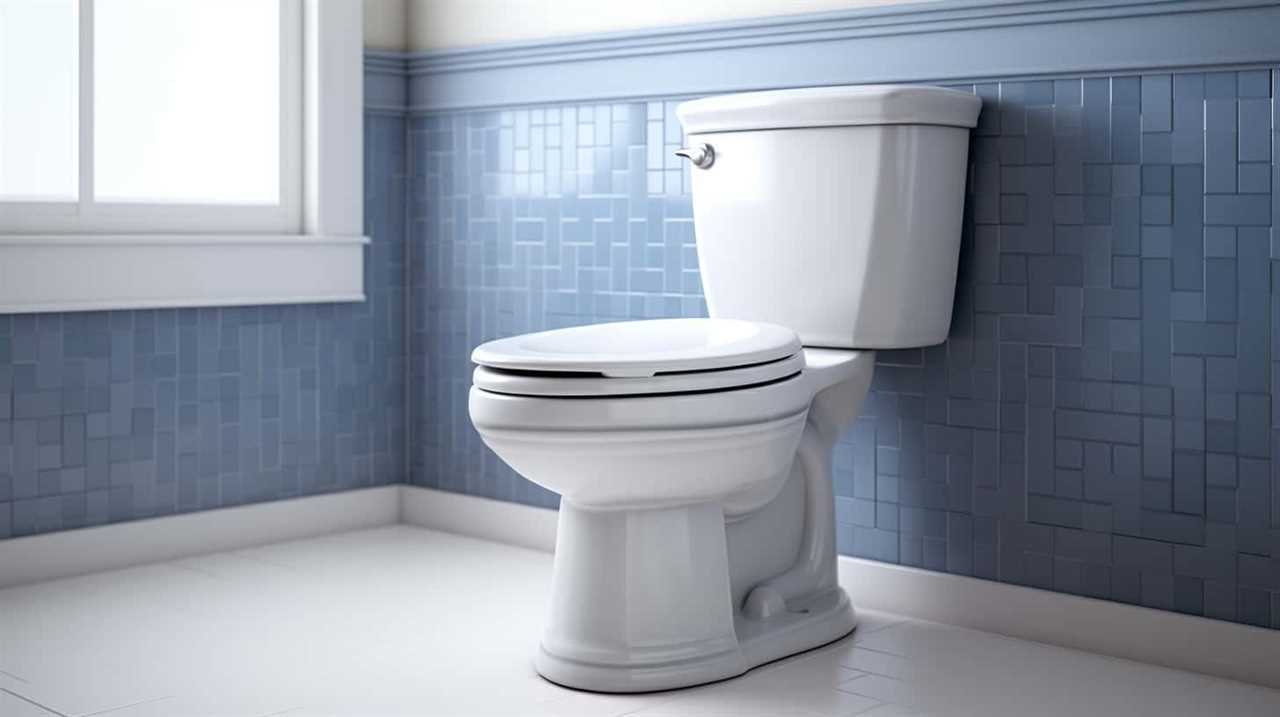
With hot water, you can quickly and easily unclog your toilet and get back to your daily routine.
